The Monitor Base Ball Club of Chelsea got the irresistible opportunity to play a match against the Wahoo Base Ball Club of Royal Oak on the baseball field that once was surrounded by Tiger Stadium. Yes, THAT Tiger Stadium. The one that looked like this:
If you know much about baseball, you know the sort of history that took place at the corner of Michigan and Trumbull. The Corner is legendary. Alas, the stadium was demolished by the city of Detroit after the Tigers moved to Comerica Park. However, the baseball field remains, and it’s maintained by a dedicated group of volunteers known as the Navin Field Grounds Crew. On this beautiful July Sunday, they and the Corktown Historical Society welcomed the clubs to Navin Field for an afternoon of historical base ball on a field with more than its share of baseball history.
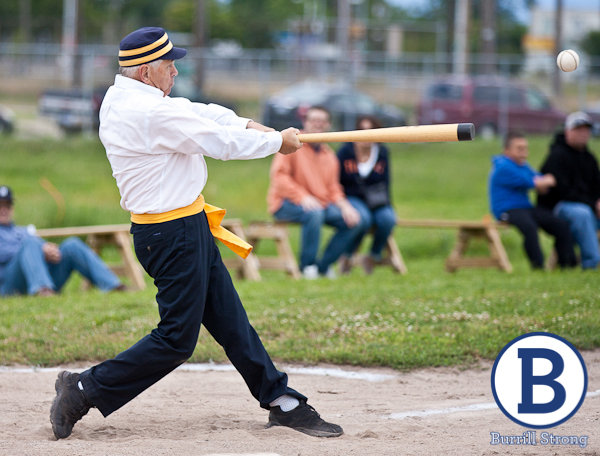
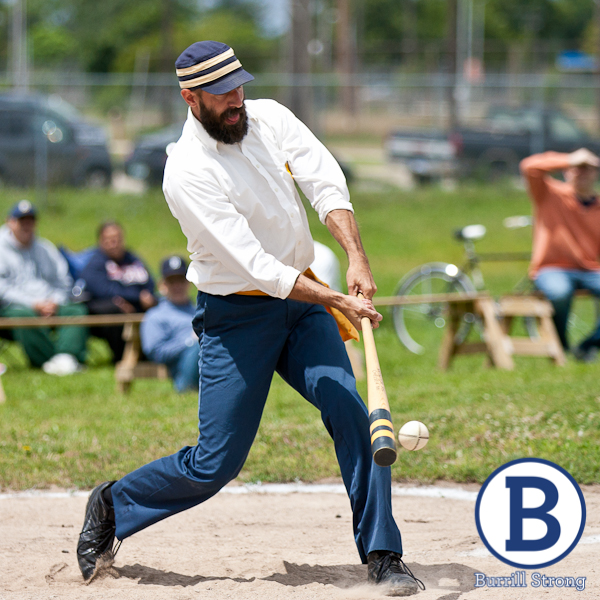
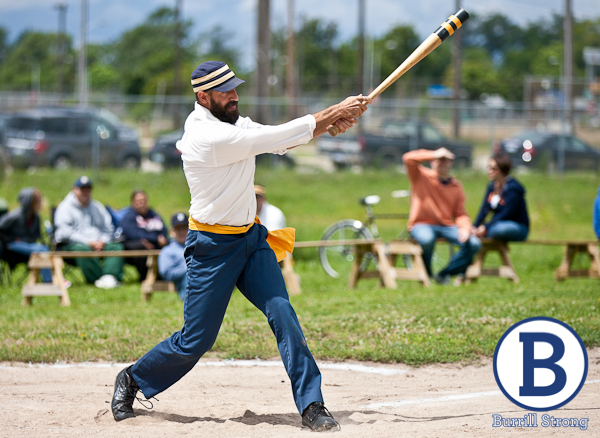
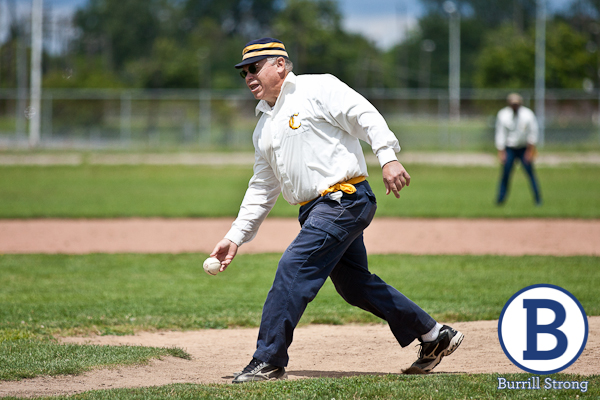
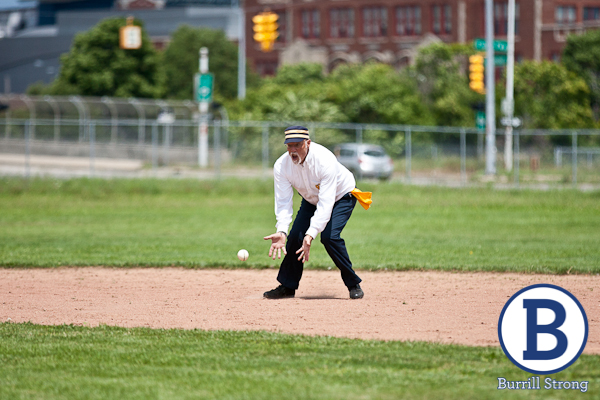
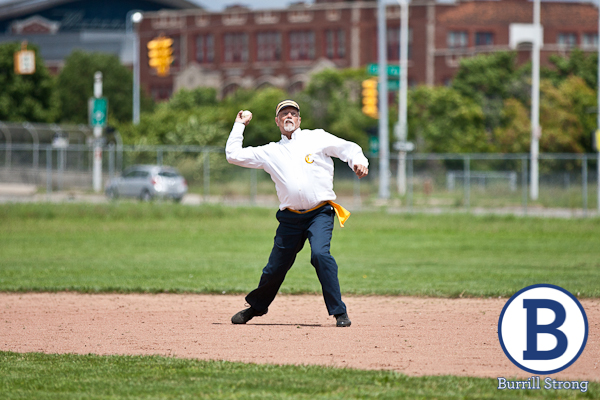
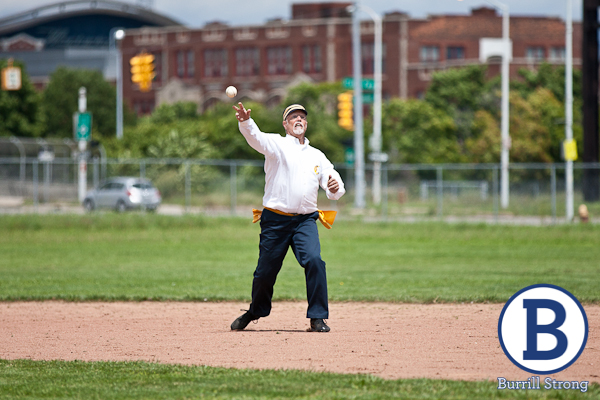
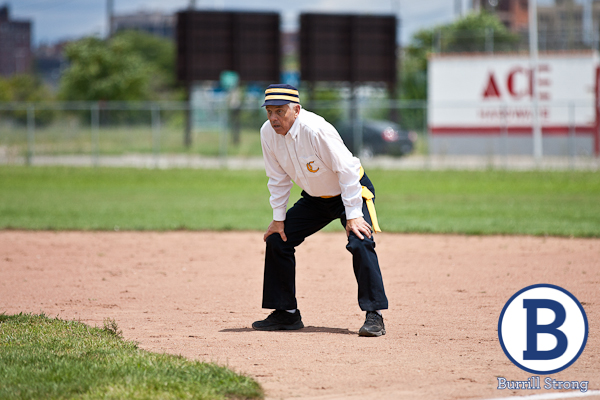
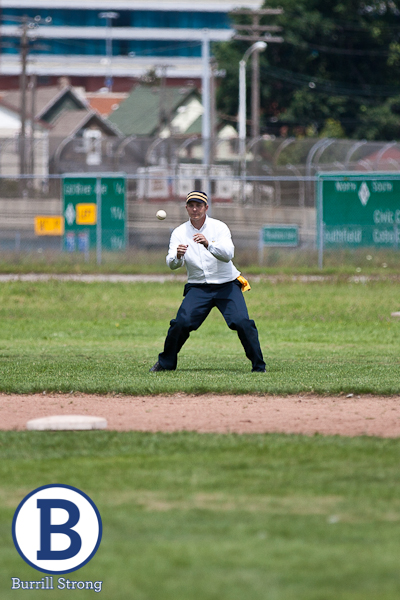
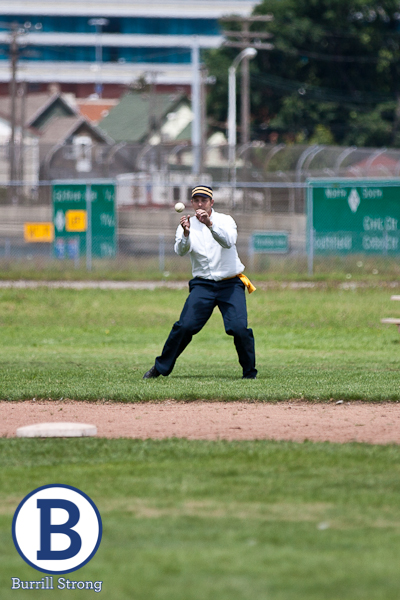
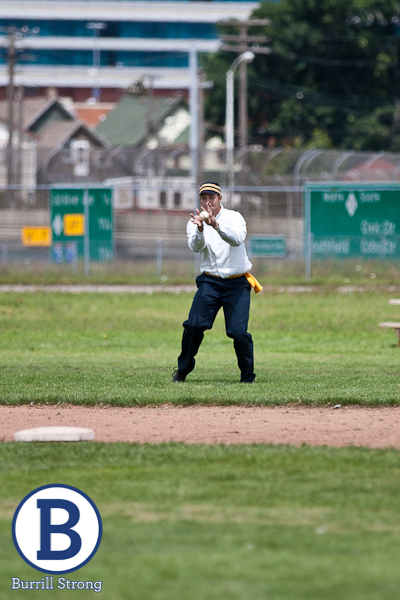
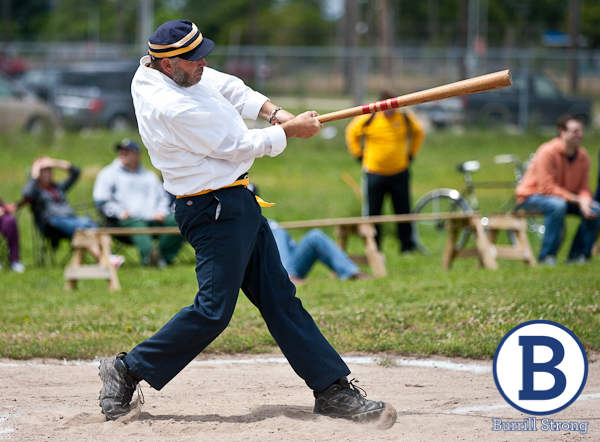
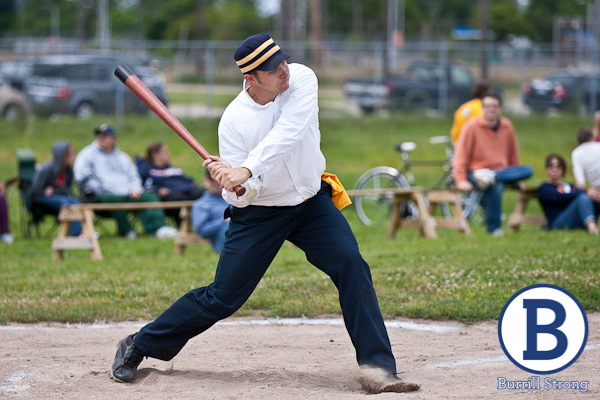
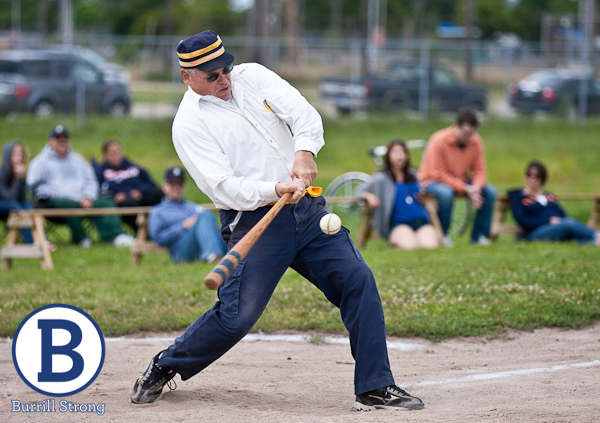
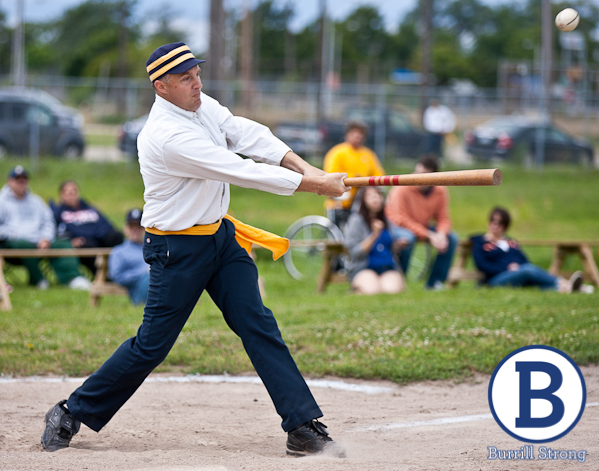
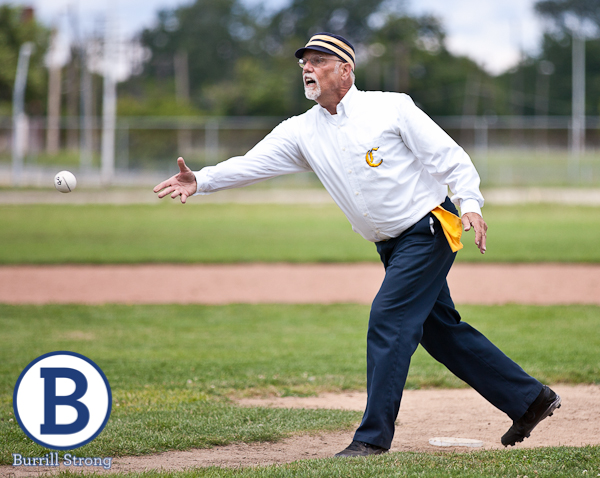
During the game, players from both teams circulated through the cranks (spectators) to show them the old-school bats and balls, as well as to answer questions about the rules of 1860s baseball that differ from those of modern baseball.
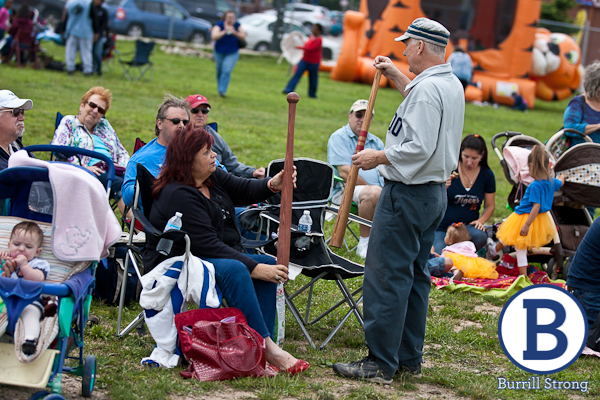
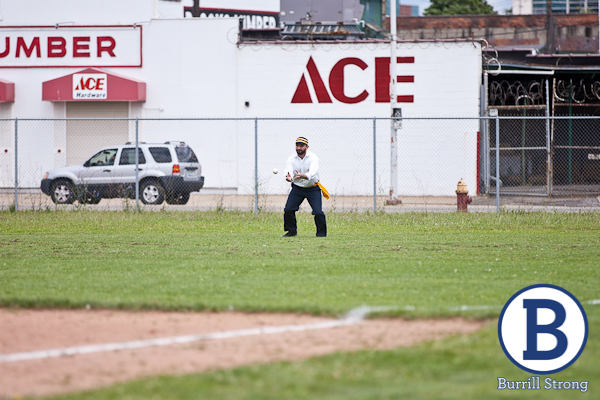
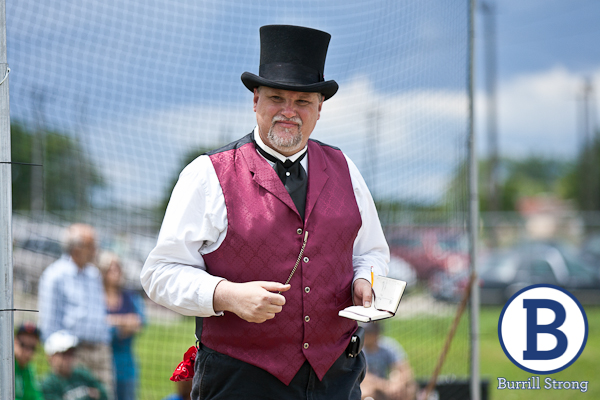
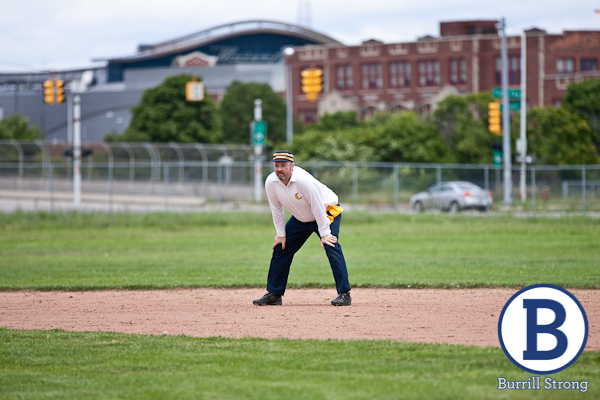
In the above photo, the curved roof is part of the Motor City Casino. More on that later.
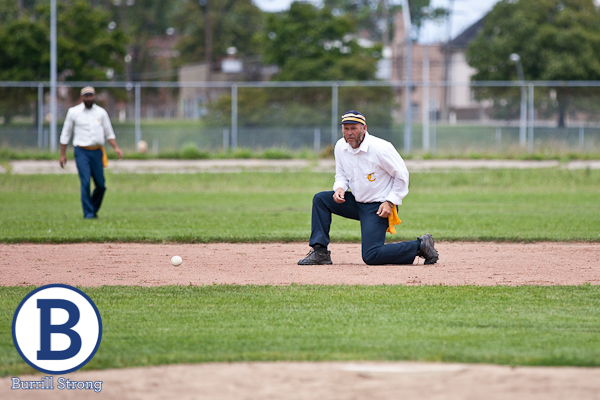
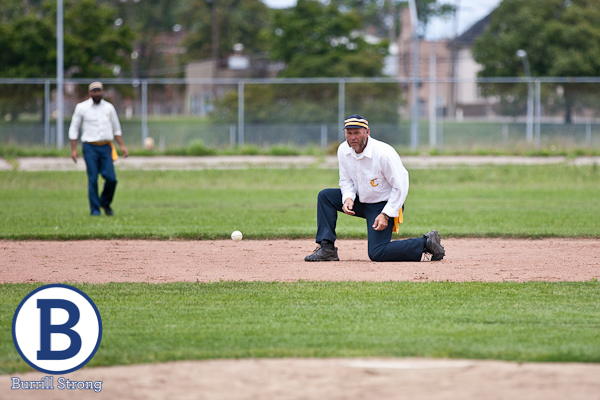
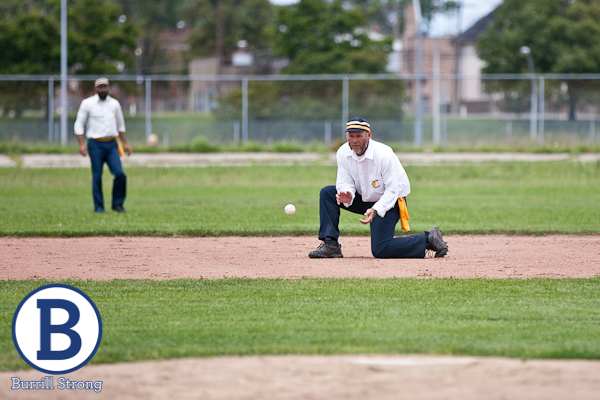
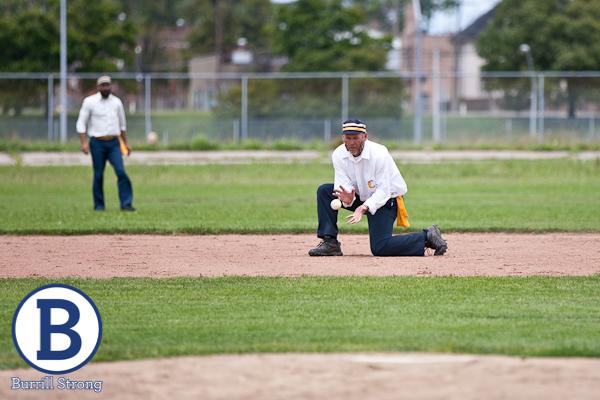
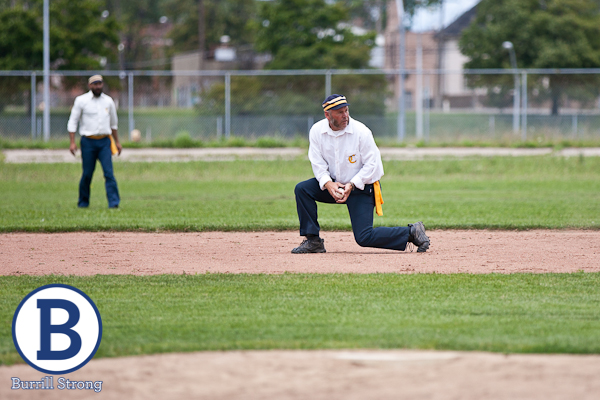
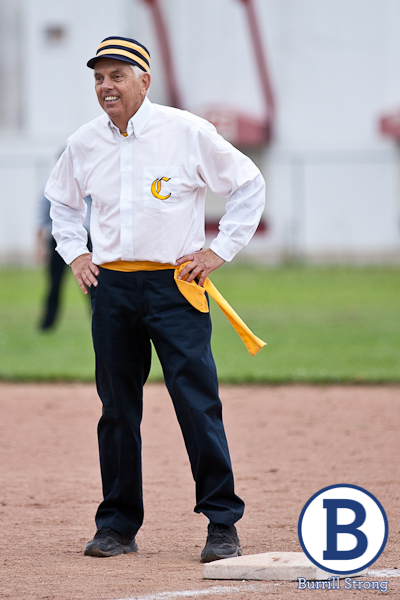
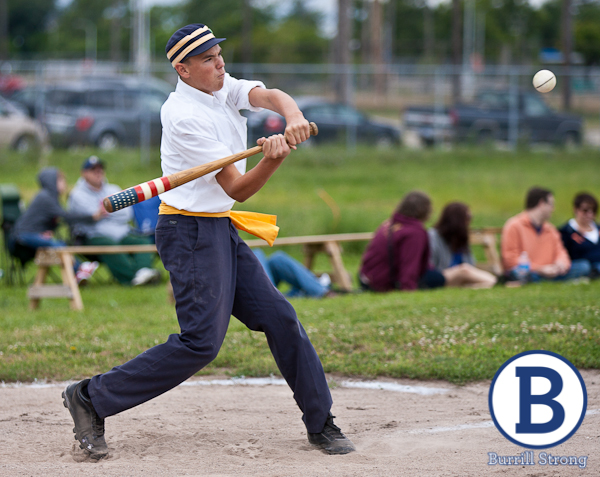
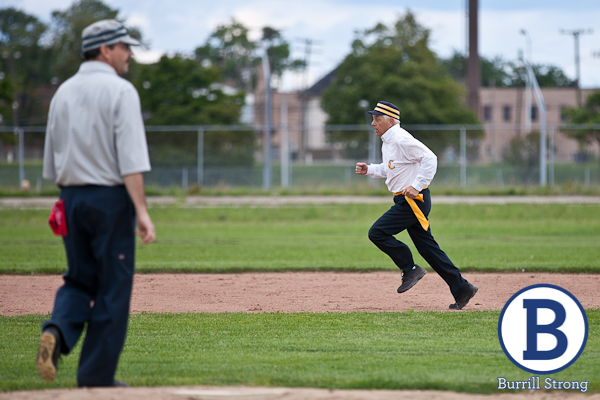
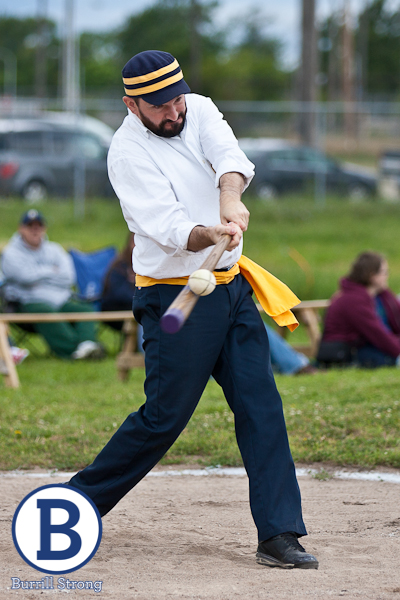
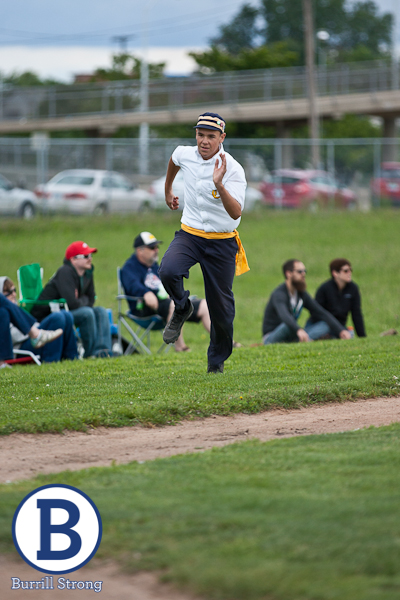
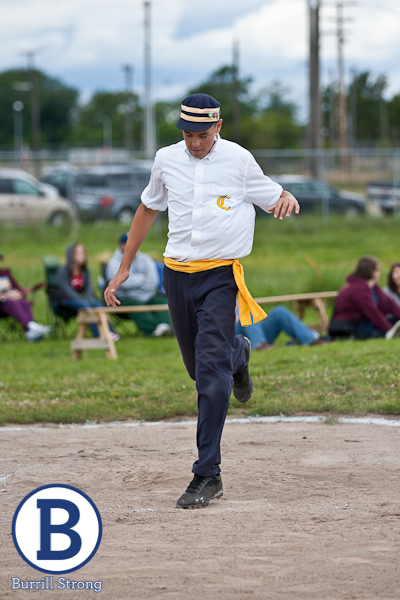
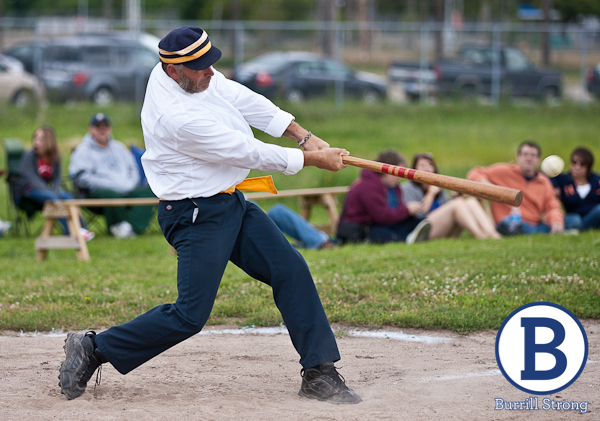
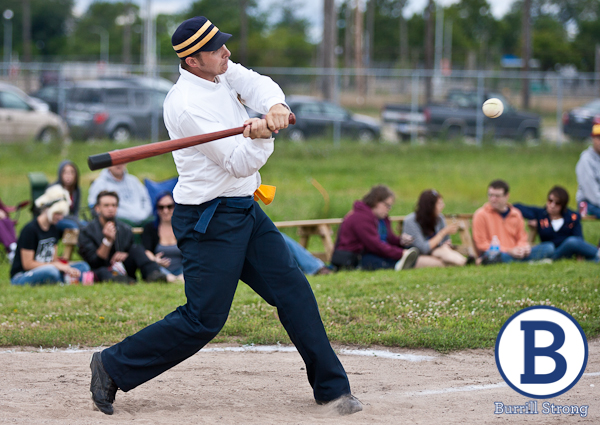
In addition to the field itself, there is one significant piece of Tiger Stadium remaining: the original flagpole in center field. The flagpole was in play in Tiger Stadium, providing the venue one of its many quirks. Well…I suppose the flagpole is still in play even without the stadium around it, but at roughly 440 feet, it’s not a feature many are capable of reaching with a batted ball.
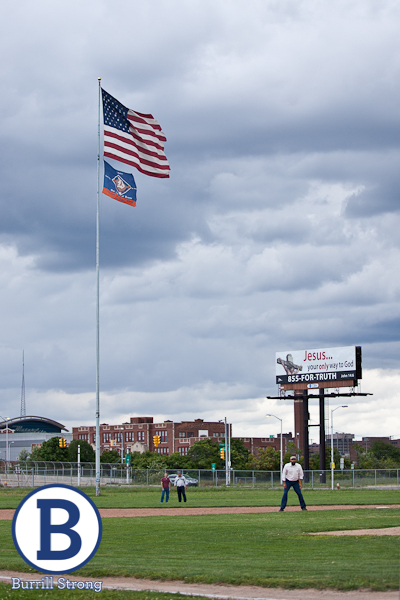
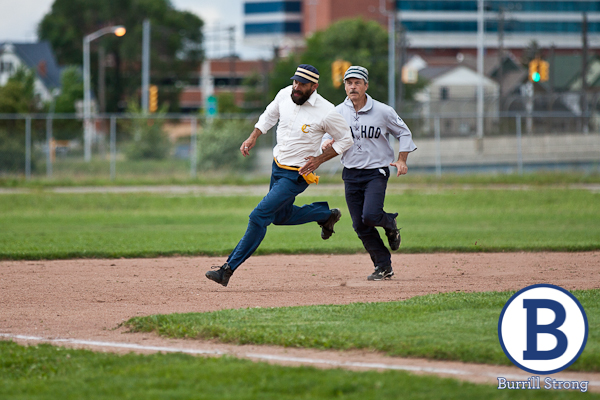
Hey look, it’s Detroit!
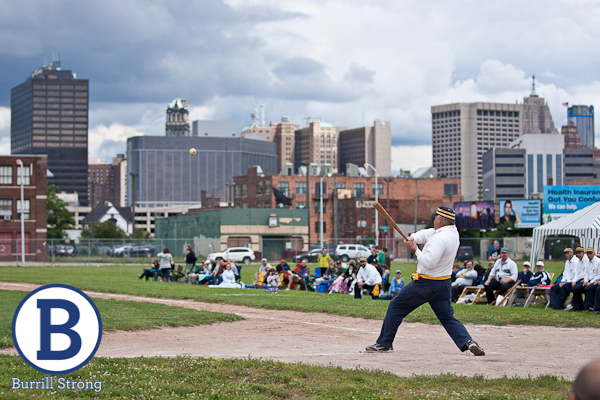
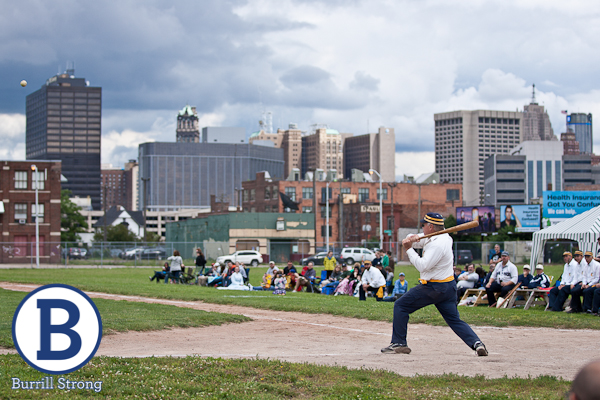
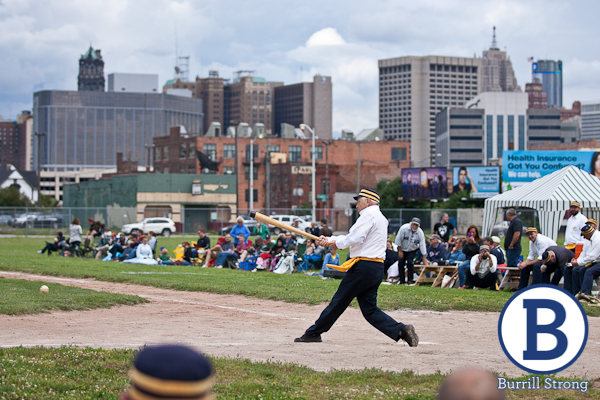
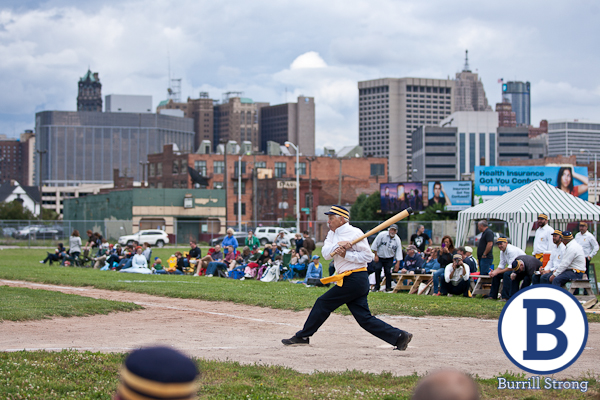
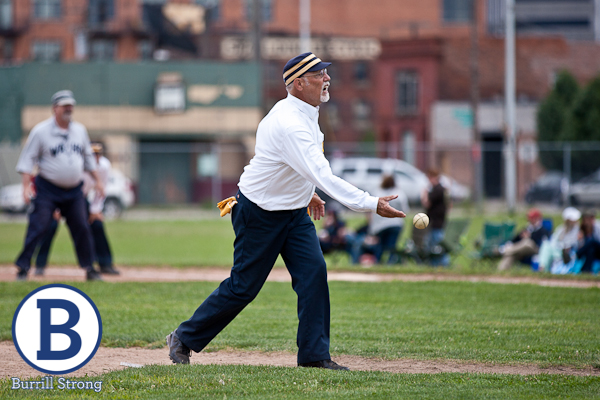
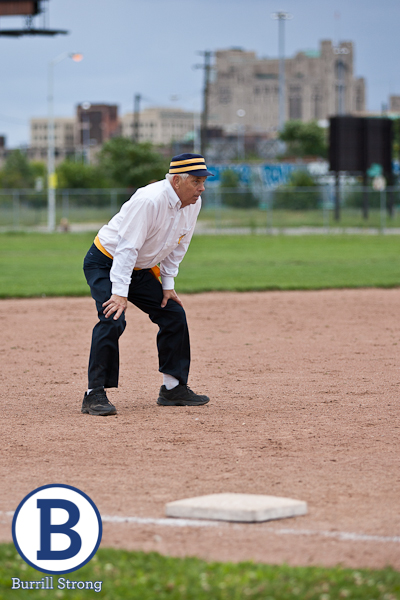
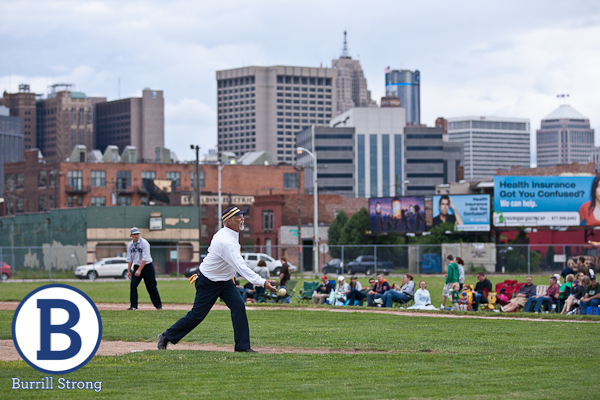
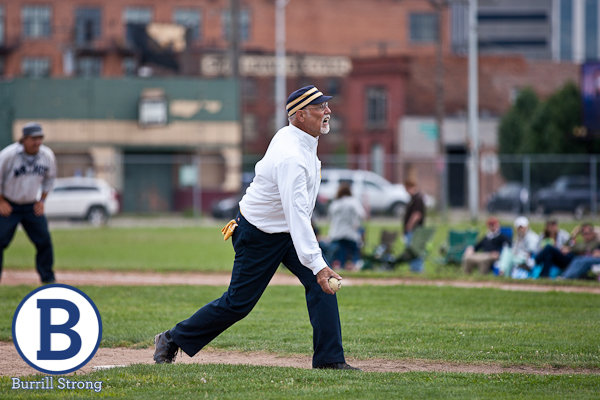
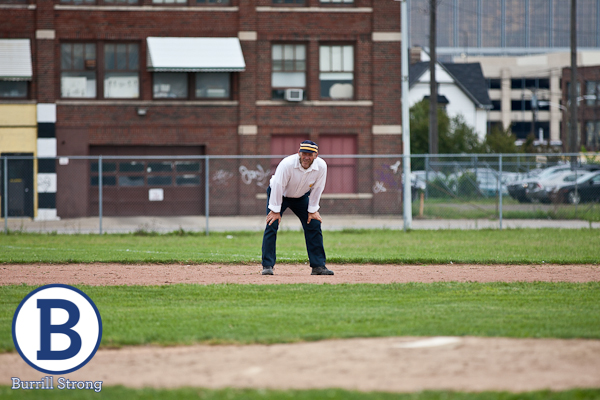
The match attracted a good crowd. Here are but a few of the dedicated cranks enjoying the day at the ballpark that was.
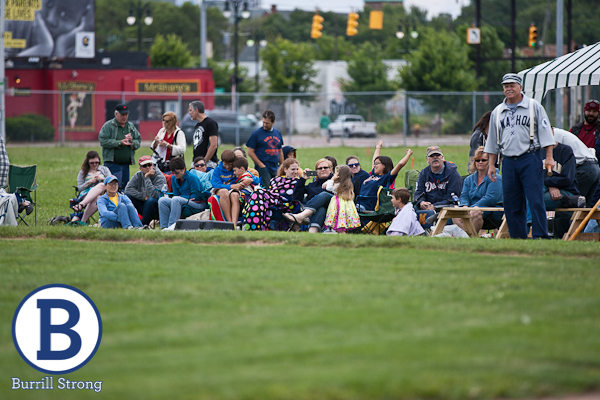
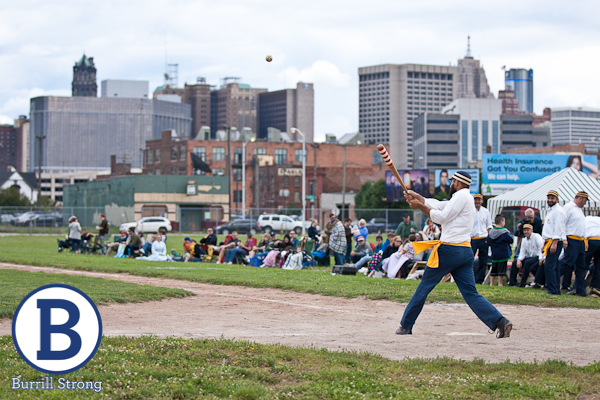
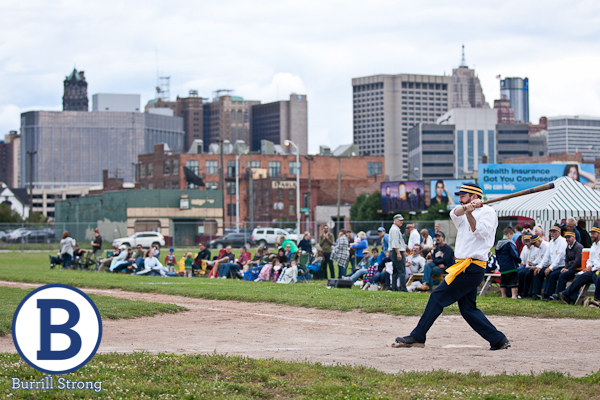
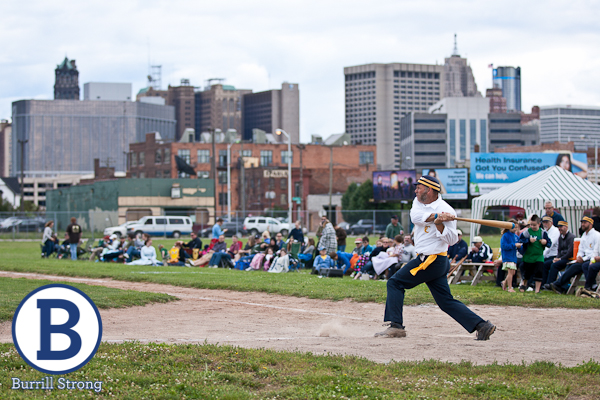
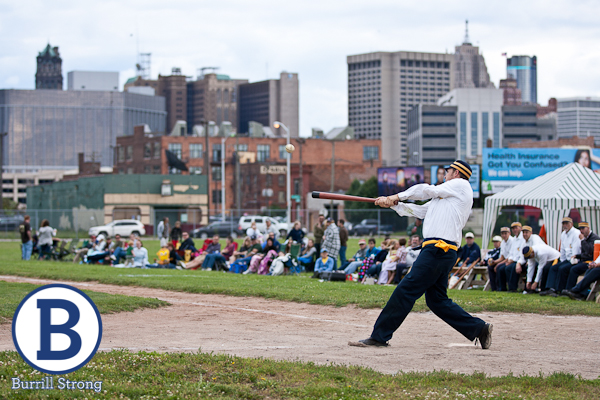
The Wahoos drew the cranks further into the match by inviting a few to accompany them onto the field! Here’s my friend Mike hanging out in center field.
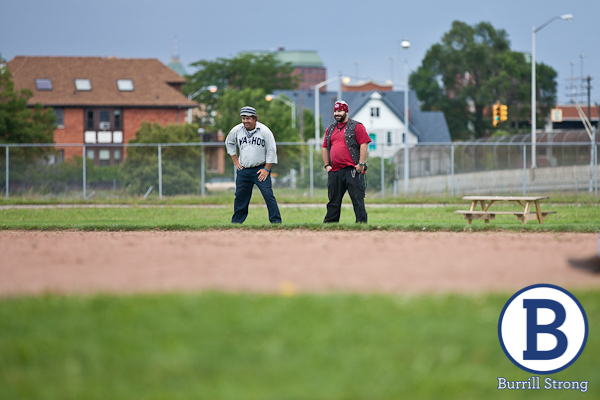
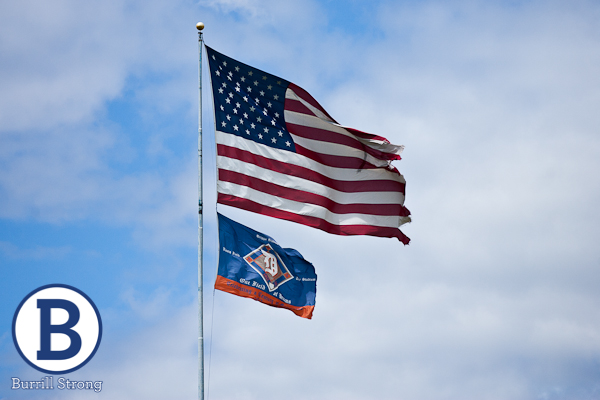
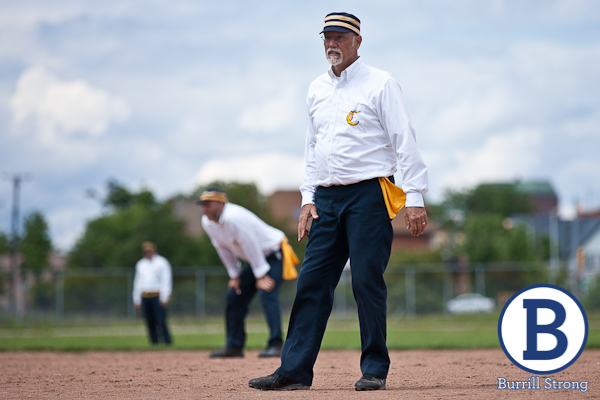
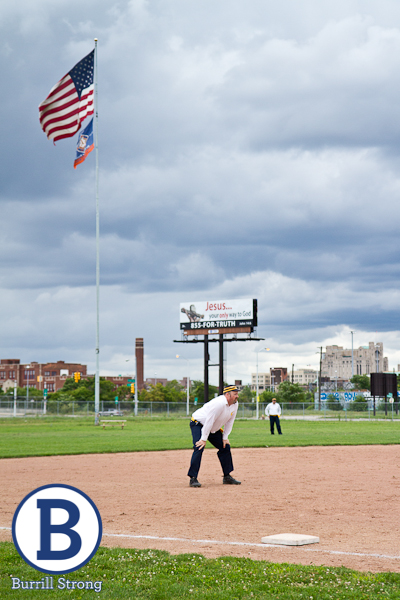
Okay, now we’re going to revisit the topic of the Motor City Casino.
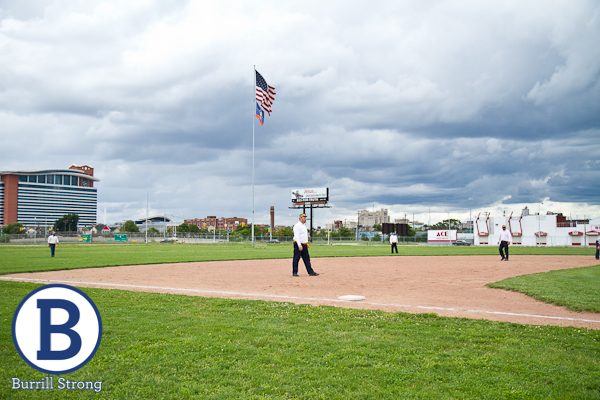
See that monstrosity on the left? That’s the Motor City Casino, and it utterly destroys the view from the first base line. When I first looked to get photos of the flagpole, I had to move because the casino was the backdrop for the flagpole. It’s sad to see what could have been a nice view spoiled by a casino towering over the landscape.
Still, with a little work it’s possible to get photos without the casino dominating the view.
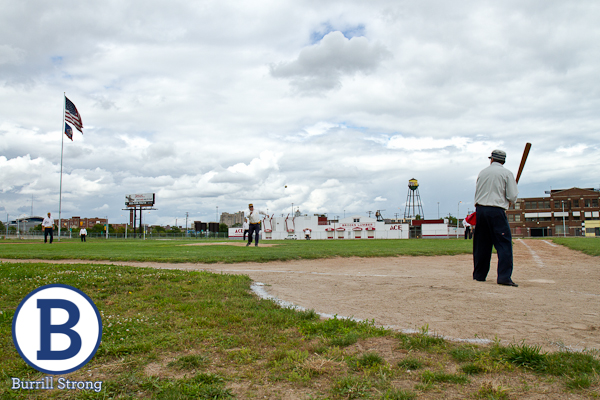
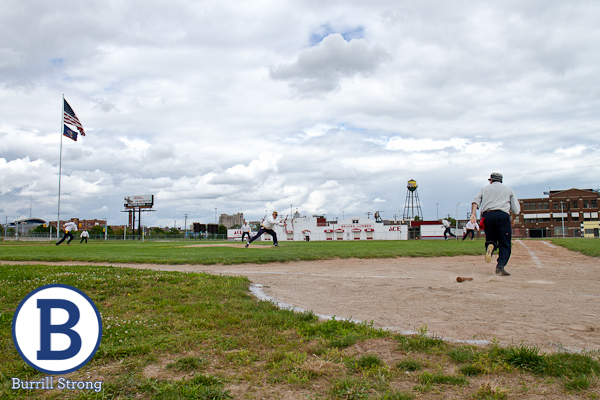
When the game ended, the teams gathered to give hearty huzzahs to all.
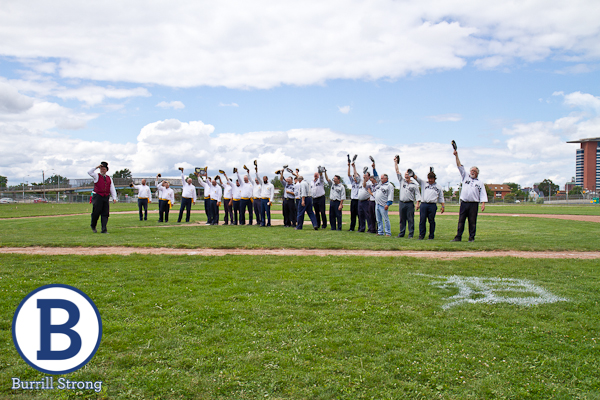
Then it was time for a group photo.
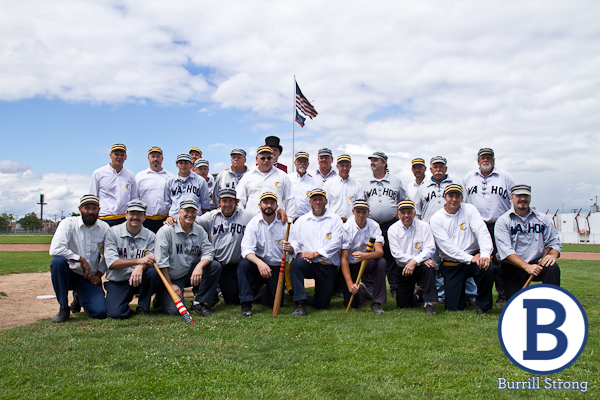
Then the Navin Field Grounds Crew joined the teams for a photo.
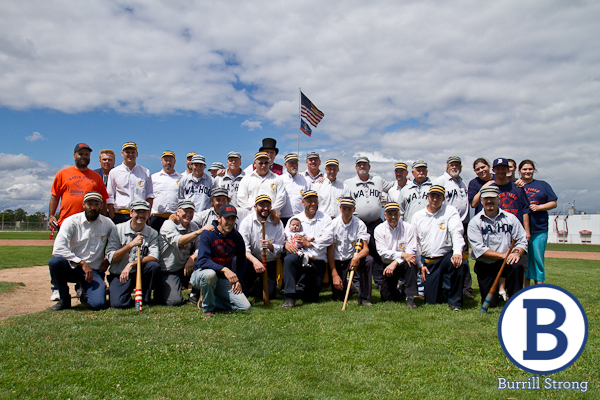
And that was the end of the match. But I couldn’t leave the field without taking a walk out to the old Tiger Stadium flagpole. When I arrived at the flagpole, I saw this:
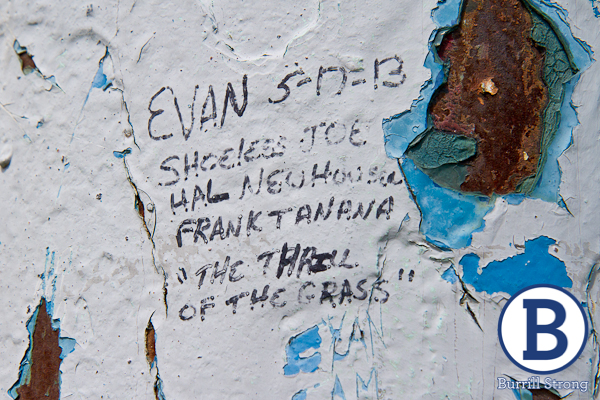
Not far from that I found this inscription:
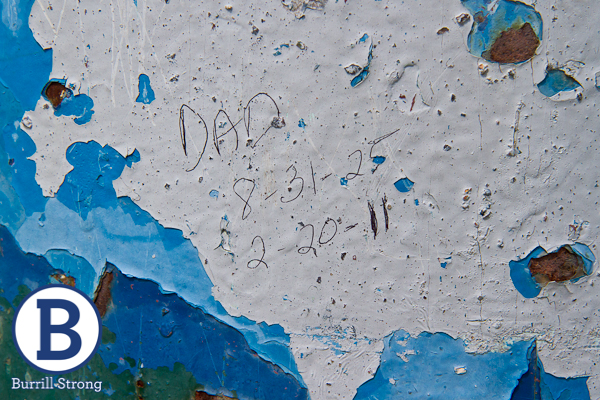
Though Tiger Stadium is long gone — and though it seems the city would rather see anything but baseball at that site — through dedicated volunteers who maintain the field, fans who show up just to play catch or bat a few balls on the field, and the flagpole that stands as a reminder of the many memories made at that site, The Corner persists as a monument to Detroit’s love for baseball and its history in the city.
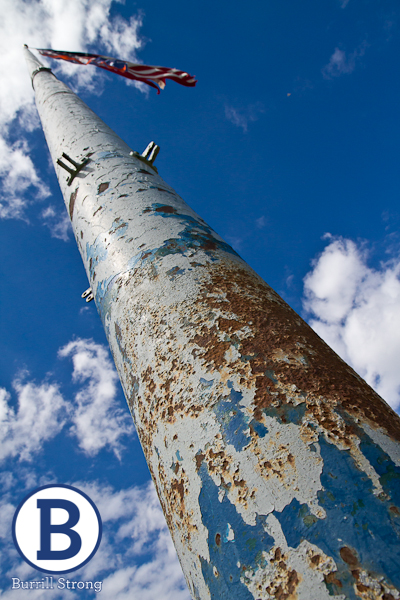
With that in mind, let’s talk about Navin Field and the city of Detroit for a moment. We all know large sections of the city are in rough shape, and we all know the city is bankrupt. I understand the need for development in the city, but it seems short-sighted to be so eager to build over a place like Navin Field. The city has a site steeped in important local history, a site that people are maintaining without compulsion and without compensation — in fact, a site that’s probably more well-maintained by volunteers than some other city properties are maintained by paid employees — and it can’t wait to cover it over with just about anything. Is it good to talk about developing the vacant land in the city? Sure. I just hope Detroit doesn’t discard such a substantial piece of its history on the flimsy hope that this shiny new development will be the one that saves that city. Navin Field is, I would argue, far more alive than countless other properties in the city.
To conclude on a more positive note, I’d like to thank the Navin Field Grounds Crew and the Corktown Historical Society for the hard work they did to make that day such a memorable experience for all of us, ballists and cranks alike. It certainly was a highlight of my summer!


So anyone can just walk on the old field at any time? Sort of like how UM stadium used to be? I have to do that, even if it’s in December.